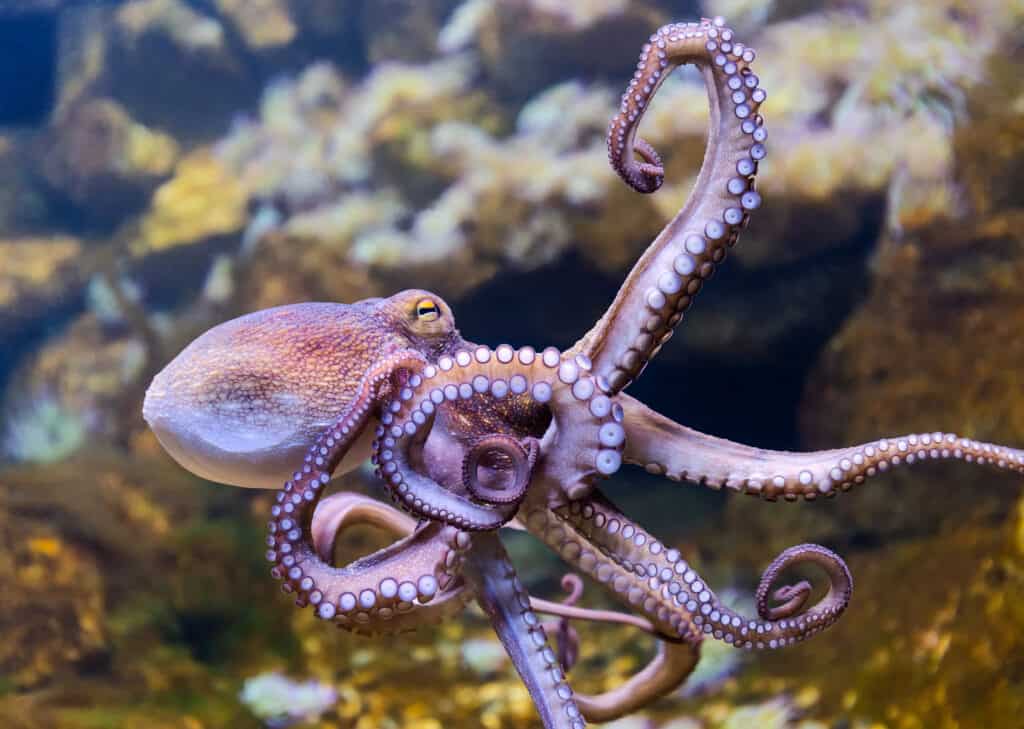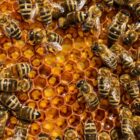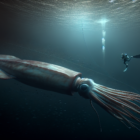What is Aposematism in the Animal Kingdom?
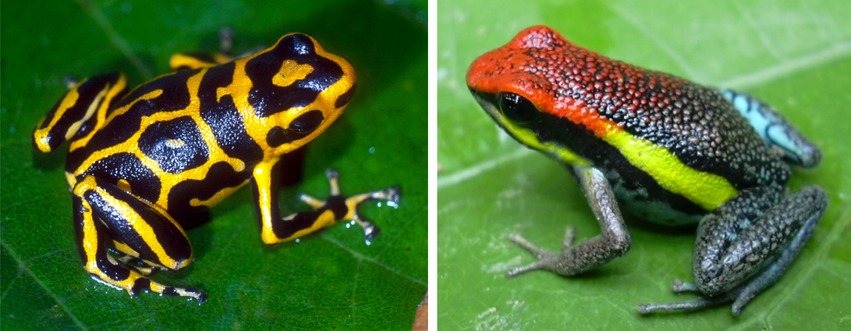
Aposematism is a evolutionary phenomenon where organisms employ distinctive colors, patterns, or behaviors to signal their toxicity or unpalatability to potential predators. This strategy serves as a form of warning, allowing these organisms to advertise their defenses and deter would-be attackers.
Honesty Above All
Aposematism, or warning signaling, operates on the fundamental principle of signal honesty, a concept deeply rooted in the evolutionary arms race between predators and prey. The effectiveness of aposematic signals relies on their ability to convey accurate information about the defensive capabilities of the organism displaying them. This honesty ensures that potential predators learn to associate conspicuous characteristics with unpleasant or harmful consequences, thereby minimizing the risk of predation and promoting the survival of aposematic species.
One of the key mechanisms underlying aposematism is aversive conditioning, a form of associative learning in which predators develop an innate aversion to specific stimuli based on negative experiences. When a predator encounters an aposematic organism and attempts to prey upon it, any negative consequences, such as illness or injury resulting from ingesting toxic prey, are associated with the conspicuous warning signals displayed by the prey. Over time, predators learn to avoid individuals with similar warning signals, thereby reducing the likelihood of encountering unpalatable or harmful prey in the future.
Race Between Predator and Prey
The evolution of aposematism is shaped by selective pressures acting on both predators and prey. Predators that learn to avoid aposematic signals are more likely to survive and reproduce, passing on their aversive conditioning to future generations and reinforcing the efficacy of aposematic warning signals within the predator population. Conversely, prey species that possess more conspicuous warning signals are favored by natural selection, as they experience reduced predation rates and enjoy greater reproductive success compared to less conspicuous individuals.
The honesty of aposematic signals is maintained through several mechanisms. Firstly, organisms that display warning signals must possess effective defensive mechanisms, such as chemical toxins, noxious tastes, or physical deterrents, that justify the investment in producing and maintaining conspicuous coloration or behaviors. Additionally, the costs associated with false signaling, such as increased predation risk or energetic expenditure, act as a selective pressure favoring the accuracy of warning signals over time.
False Danger
The evolutionary dynamics of aposematism are further influenced by factors such as predator learning, genetic variation, and ecological interactions. For instance, predators that encounter multiple aposematic species with similar warning signals may generalize their aversive responses to other organisms displaying similar traits, a phenomenon known as Batesian mimicry.
Conversely, Müllerian mimicry occurs when multiple unpalatable species converge on similar warning signals, reinforcing the effectiveness of their collective defenses through shared predator education.
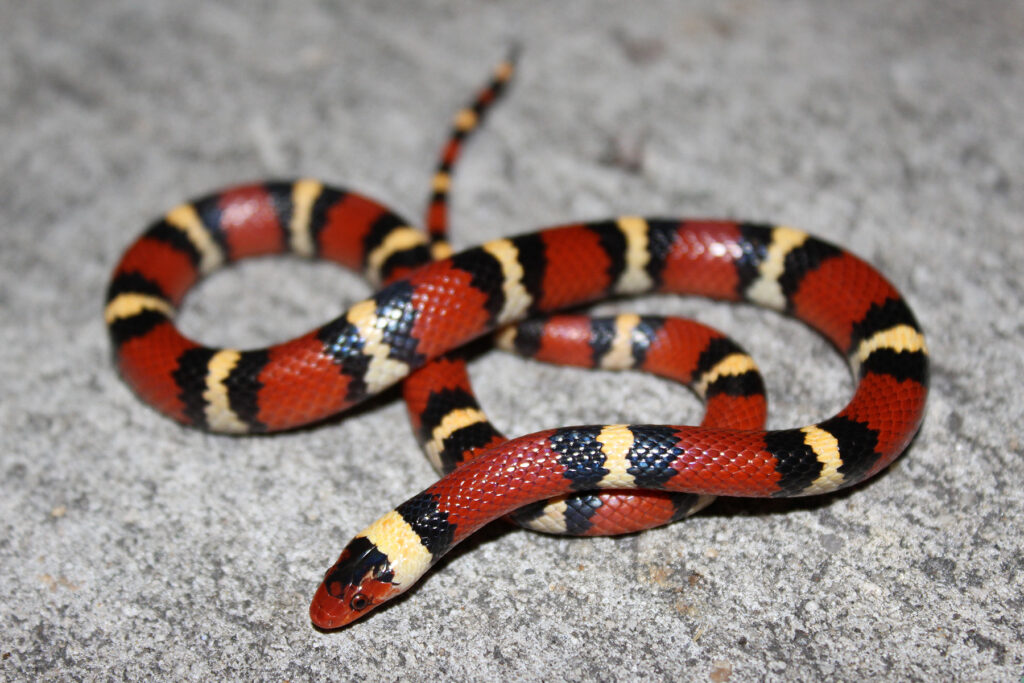
Aposematism: Batesian Mimicry
Batesian mimicry is a form of mimicry observed in nature where a harmless or palatable species, known as the mimic, resembles a noxious or unpalatable species, known as the model. This mimicry allows the harmless species to gain protection from predation by deceiving predators into mistaking them for the toxic or unpalatable model species. Batesian mimicry is named after the British naturalist Henry Walter Bates, who first described this phenomenon in the Amazon rainforest during the 19th century.
In Batesian mimicry, the mimic shares similar visual cues, such as coloration, markings, or body shape, with the model species. This resemblance serves as a form of protective adaptation, allowing the mimic to avoid predation by exploiting the learned aversion of predators towards the model’s warning signals. By mimicking the appearance of the model, the mimic gains a survival advantage without actually possessing any form of defense or toxicity.
One classic example of Batesian mimicry is the relationship between certain non-venomous snakes and venomous snakes. For instance, the scarlet kingsnake (Lampropeltis elapsoides) bears a striking resemblance to the highly venomous coral snake. Both snakes have red, black, and yellow bands along their bodies, but their banding patterns differ slightly. While the coral snake is venomous and poses a genuine threat to predators, the scarlet kingsnake is harmless.
Aposematism: Müllerian Mimicry
Unlike Batesian mimicry, where a harmless species mimics the appearance of a harmful one to gain protection, Müllerian mimicry involves two or more genuinely distasteful or toxic species evolving to resemble each other. This mutual resemblance enhances the efficacy of their warning signals, as predators learn to avoid any organism displaying the shared conspicuous characteristics.
The concept of Müllerian mimicry was first proposed by German naturalist Fritz Müller in the late 19th century, based on his observations of butterflies in the Amazon rainforest. Müller noted that multiple species of toxic butterflies shared similar color patterns, despite being unrelated taxonomically. He hypothesized that these species benefited from their mutual resemblance, as predators learned to avoid any butterfly with the distinctive warning coloration.
Examples of Müllerian mimicry are abundant in nature, spanning diverse taxa including insects, amphibians, and snakes. For instance, numerous species of stinging bees and wasps share similar black and yellow coloration, warning potential predators of their ability to deliver painful stings. Similarly, various species of toxic frogs, such as poison dart frogs in Central and South America, exhibit bright color patterns that serve as warning signals to predators.
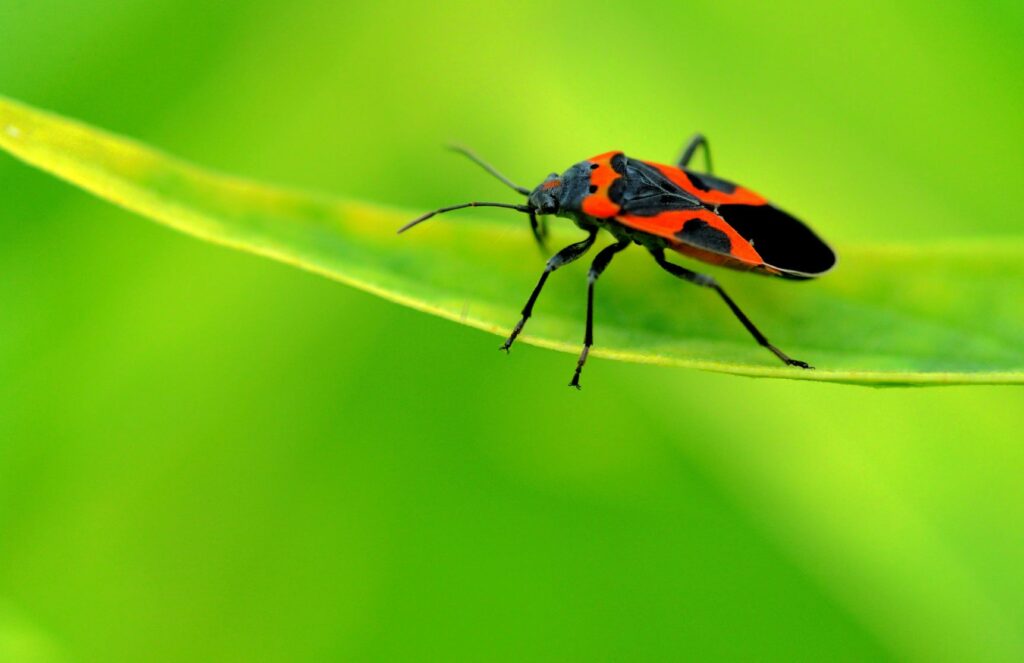
Examples of Aposematism in the Animal Kingdom
Aposematis signals often indicate the presence of toxins, distastefulness, or other forms of defense, serving as a visual cue for predators to avoid certain prey items. Let’s explore some notable examples across different taxa:
Poison Dart Frogs (Family Dendrobatidae)
Among the most iconic examples of aposematism are the poison dart frogs of Central and South America. These frogs exhibit a dazzling array of bright colors and intricate patterns, ranging from vivid yellows and oranges to vibrant blues and greens. These flamboyant hues serve as a warning to predators that these frogs are highly toxic. Through specialized skin glands, poison dart frogs secrete potent alkaloid toxins, derived from their diet of toxic insects and plants. These toxins can cause severe illness or death if ingested, making the colorful frogs unpalatable to predators.
Monarch Butterfly (Danaus plexippus)
The monarch butterfly is renowned for its striking orange and black wings, which serve as a visual deterrent to predators. During its larval stage, the monarch feeds exclusively on milkweed plants, sequestering toxic cardiac glycosides from the plant’s sap. These compounds render both the caterpillars and adult butterflies unpalatable to most predators. The bold coloration of the monarch serves as a warning signal, advertising its toxicity and deterring potential predators from attacking.
Milkweed Bug (Family Lygaeidae)
Another example of aposematism in insects is the milkweed bug, characterized by its red and black coloration. Like the monarch butterfly, the milkweed bug feeds on milkweed plants, sequestering toxic compounds from its host plant. These chemicals, known as cardenolides, are stored in the bug’s body and act as a potent defense against predators. The bright coloration of the milkweed bug serves as a warning signal, alerting predators to its unpalatability and discouraging attacks.
Coral Snakes (Family Elapidae)
Among snakes, coral snakes are classic examples of aposematism. These slender, brightly colored snakes typically exhibit alternating bands of red, yellow, and black along their bodies. This color pattern, known as aposematic coloration, warns potential predators of the snake’s venomous nature. Coral snakes possess potent neurotoxic venom, which they deliver through small, fixed fangs. The conspicuous coloration of coral snakes serves as a visual cue for predators to avoid, reducing the likelihood of predation.
Stinging Nettle Caterpillars (Family Limacodidae)
Many caterpillars of the Limacodidae family, commonly known as stinging nettle caterpillars or slug caterpillars, exhibit aposematic coloration. These caterpillars often display vibrant colors, striking patterns, or elaborate spines, serving as warning signals to potential predators. When disturbed, these caterpillars can release irritating urticating hairs or toxins, deterring predators from further attacks. Their conspicuous appearance acts as a visual deterrent, advertising their unpalatability and enhancing their chances of survival.
Fire-bellied Toads (Bombina spp.)
Fire-bellied toads, found in parts of Europe and Asia, display vibrant warning colors on their undersides. When threatened, they arch their bodies to reveal their brightly colored bellies, which are adorned with contrasting patterns of red, orange, and black. These colors serve as a warning signal to predators, indicating the presence of toxic skin secretions. Fire-bellied toads produce a milky toxin known as bufotoxin, which can cause irritation or even death if ingested. Their conspicuous coloration warns potential predators to steer clear, reducing the likelihood of predation.
Blue-ringed Octopus (Genus Hapalochlaena)
Despite its small size, the blue-ringed octopus is one of the most venomous marine creatures in the world. Found in the waters of the Pacific and Indian Oceans, these octopuses exhibit cryptic coloration when at rest, blending in with their surroundings. However, when threatened or agitated, they display vibrant blue rings across their body as a warning signal. These rings serve as a visual cue to predators, indicating the presence of potent neurotoxins in the octopus’s saliva. A bite from a blue-ringed octopus can lead to paralysis and respiratory failure in humans, making their warning display a crucial defense mechanism.
Venomous Sea Slugs (Order Nudibranchia)
Many species of sea slugs, or nudibranchs, exhibit aposematic coloration to warn predators of their toxicity. These marine gastropods display vivid colors, intricate patterns, or striking markings on their bodies, serving as warning signals to potential predators. Some nudibranchs secrete toxic compounds or ingest toxic substances from their prey, making them unpalatable or even lethal to predators. Their bright colors and conspicuous patterns advertise their toxicity, deterring predators from attacking and ensuring their survival in marine environments.

